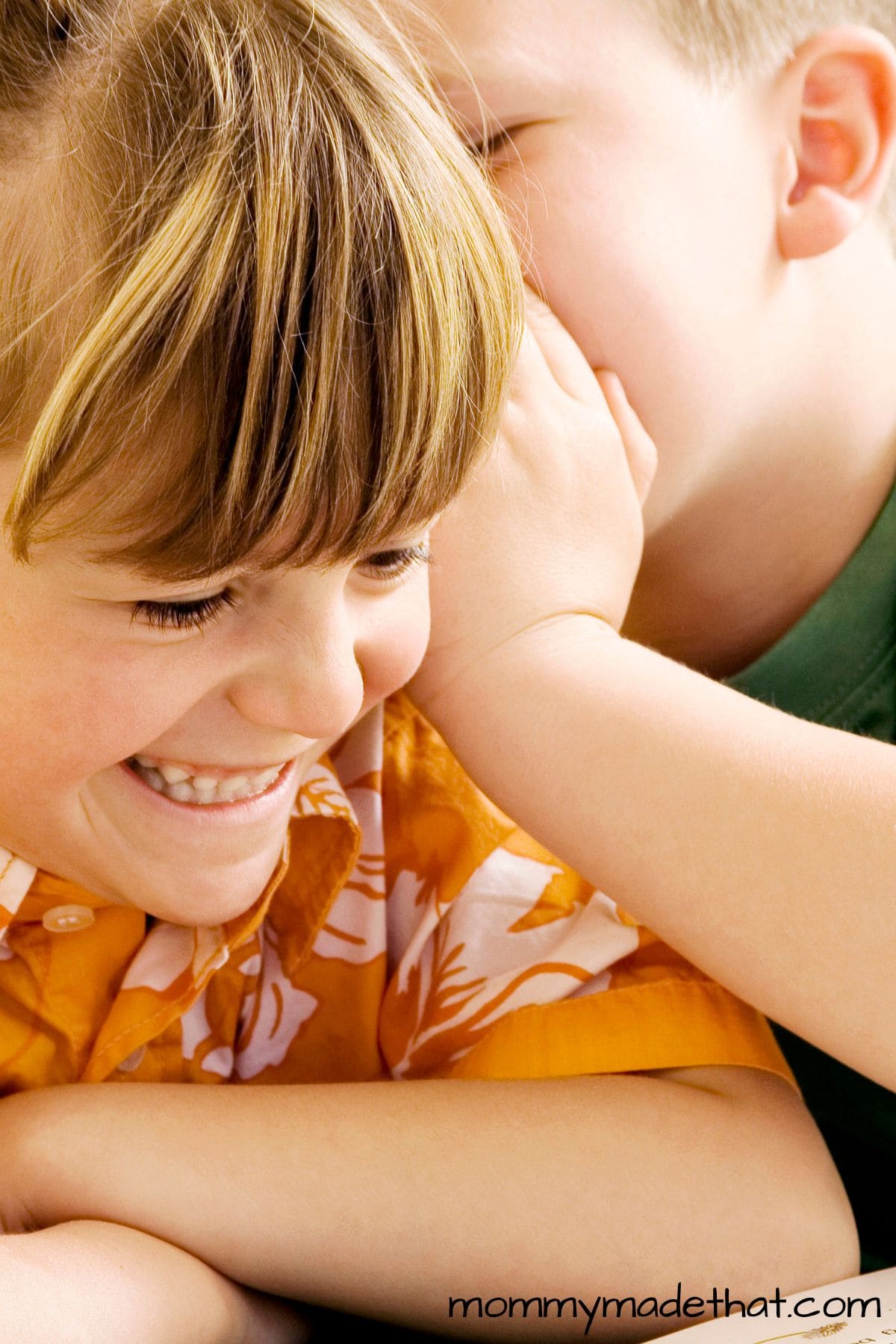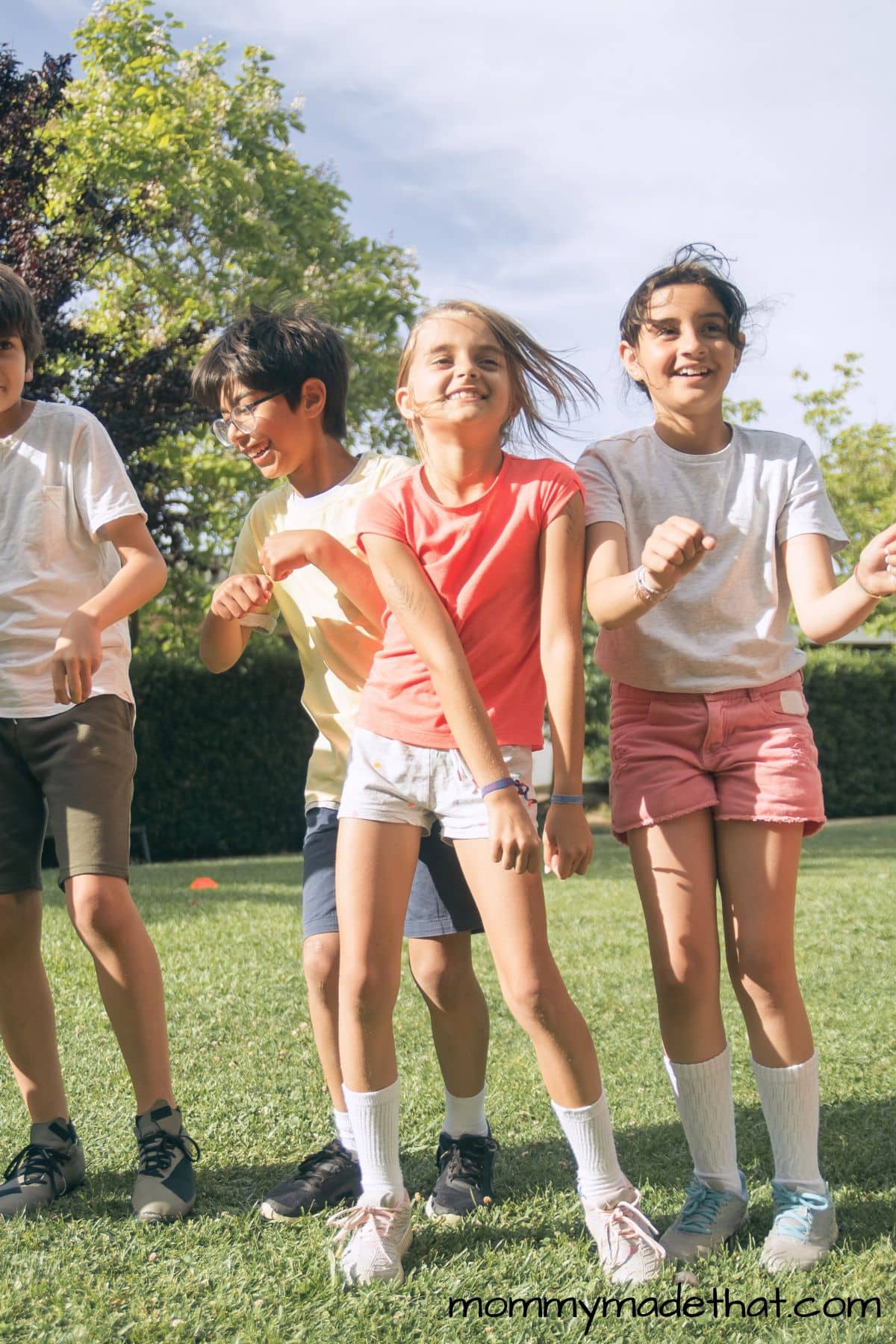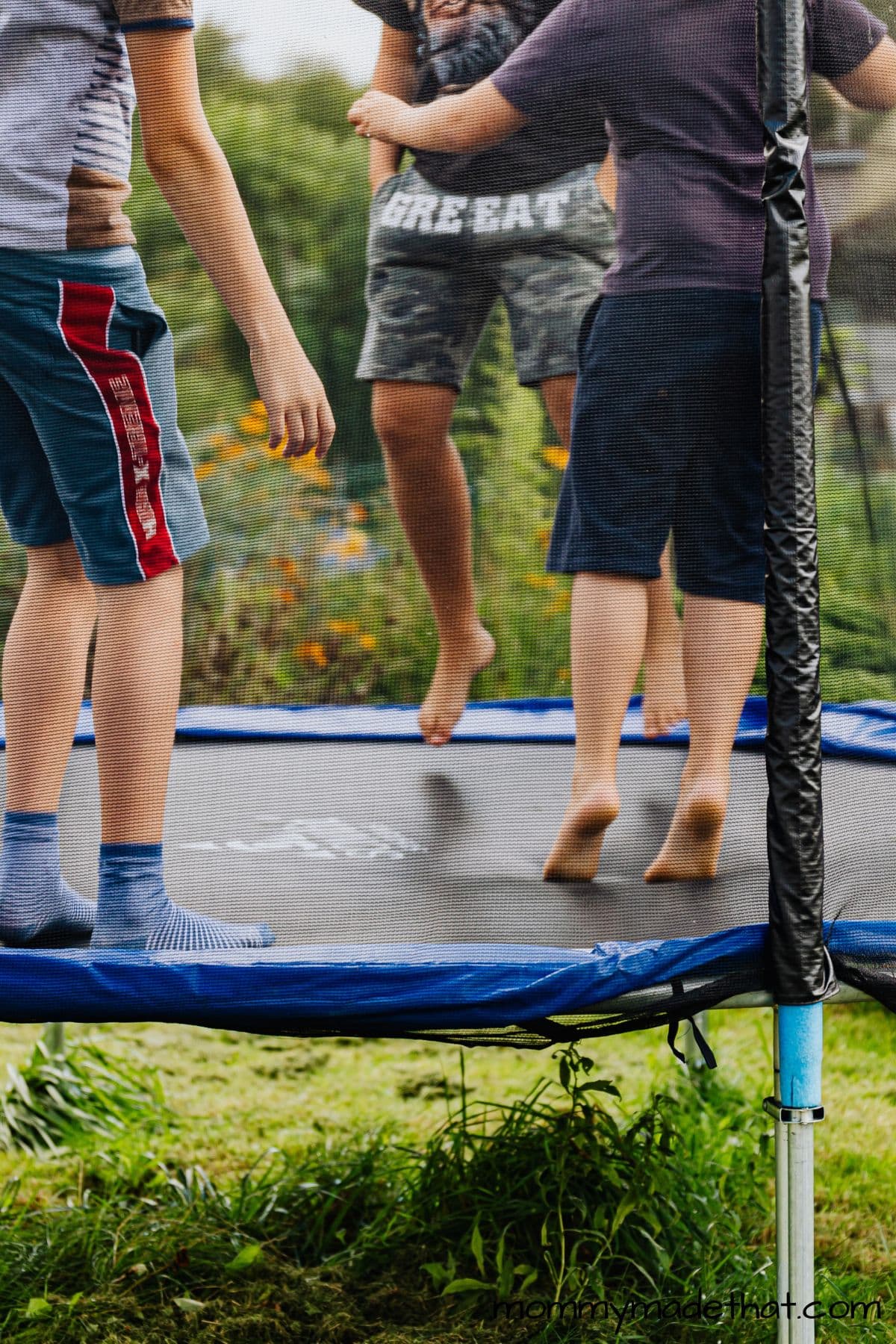Red Light, Green Light Game (How to Play and Make it Fun!)
Red Light, Green Light is a popular children’s game that has been enjoyed for generations. It’s a fun and simple game that can be played by kids of all ages.

The red light, green light game is a classic group game for kids.
The rules are easy to understand, making it a great game for parents or teachers to introduce to their children or students.
This classic game is loved by many and has been played by children all over the world.
Here, we will provide a comprehensive guide on how to play Red Light, Green Light, including instructions on how to set up the game area, explain the rules, strategies for winning, and more.
So, whether you’re young or old, get ready to have some fun and learn how to play the timeless game of Red Light, Green Light.
Table of Contents
Setting Up the Game
Before you start playing Red Light, Green Light, it’s important to set up the game area correctly.
First, make sure you choose a flat and safe playing area without obstacles that can cause players to trip and fall.
Once you have found a suitable location, it’s time to set up the game by placing a start and finish line for the players to cross.
Finally, choose the player who will be “it” for the first round.
This person will have the responsibility of calling out the commands during the game.
Once the set up is complete, players should stand behind the start line and wait for the game to begin.

How to Play Red Light, Green Light
- Instruct players to stand behind the start line.
- When the player who is “it” says “green light,” players can move towards the finish line.
- When “it” says “red light,” players must freeze in their positions and not move until “it” says “green light” again.
- “It” will turn around during “red light,” and if they see a player moving, that player is out and must return to the start line.
- The first player to reach the finish line becomes the new “it” and the game starts all over again.
It’s important for all players to pay attention to the “it’s” movements and listen for the commands.
During “green light,” players should move as quickly as possible towards the finish line, but freeze immediately when “it” says “red light” to avoid being caught moving.
The game continues until all players have had a chance to be “it.”
Making the Game More Engaging
Making Red Light, Green Light more engaging can create a more enjoyable and exciting experience for all players.
Here are some tips:
Add music or sound effects: Consider adding music or sound effects to the game to keep young players entertained.
You can set up the game’s area near a sound system or use a portable speaker.
Encourage participation: Encourage parents, teachers, and older siblings to participate actively in the game to make it more fun and engaging for younger players.
Modify the game: Modify the game’s rules according to the age range and the theme of the party.
You may make the game a little more challenging for older kids or simplify it for younger children.
Remember, the goal is to create a fun and engaging experience while playing Red Light, Green Light.
So, get creative and come up with your ideas to make the game more enjoyable for all.
Variations of Red Light, Green Light:
Simon Says Red Light, Green Light: Follow the same rules as the original game but include the main rule from the simon says game. When the leader says “Simon says red light” or “Simon says green light,” players should only move or stop if the leader includes “Simon says.”
Animal Sounds Red Light, Green Light: Players make animal sounds instead of freezing when “red light” is called. Players must switch to making silence again once “green light” is called.
Zombie Red Light, Green Light: While trying to reach the finish line, players must avoid being caught by a zombie.
“It” is the zombie, and they can tag or touch other players to turn them into zombies.
The last remaining human player wins the game.
Musical Red Light, Green Light: Much like musical chairs, Players move only when music plays. When “red light” is called, they must stop moving and freeze in their positions. The first player to reach the finish line when the music stops is the winner.
Speed Red Light, Green Light: Players are required to complete the game as quickly as possible. The fastest player to reach the finish line is declared the winner.
Reverse Red Light, Green Light: Instead of players following the leader’s commands, they should do the opposite. For instance, when you say “red light,” players should continue moving. This one gets silly and a bit confusing. Kids love it.
Remember that these variations can be modified to fit the age and skill level of the players involved, making them a great way to create an engaging and fun environment while playing Red Light, Green Light game.
Strategies for Winning
To increase your chances of winning in Red Light, Green Light, here are a few strategies you can follow:
- Pay attention to the “it’s” movements: As “it” turns around during “red light,” pay attention to their movements to avoid being caught moving.
- Listen for the commands: It’s important to listen carefully to the words “it” says during the game to know exactly when to move and when to stop.
- Move quickly during “green light”: Use the opportunity to move as quickly as possible towards the finish line when “it” says “green light.”
- Freeze immediately during “red light”: It’s essential to freeze as quickly as possible when “it” says “red light” to avoid getting caught moving.
By following these simple strategies, you can increase your chances of winning the game. Remember, it’s all about skills, reflexes, and outplaying your competitors.
Educational Benefits of Playing Red Light, Green Light
Playing Red Light, Green Light can provide numerous educational benefits, especially for children. Here are some ways the game can help with development:
Motor skills: Red Light, Green Light helps develop motor skills, balance, and agility as players move around and stop quickly.
Listening skills: Players must listen carefully to the “it’s” commands, developing their listening skills and ability to follow instructions.
Following instructions: The game requires players to follow simple instructions, teaching them to understand and follow rules.
Social skills: Red Light, Green Light encourages players to take turns being “it” and involves collaboration, communication, and teamwork.
Spatial awareness: Players must navigate space and adjust their movements according to “it’s” commands, developing their spatial awareness.
Playing Red Light, Green Light is not only a fun game but also has many educational benefits.
It’s a great activity to play with kids, and parents or teachers can use the game to help enhance their children’s developmental growth.
Red Light, Green Light is a timeless classic game that has been enjoyed by children around the world for generations.
It’s easy to understand, fun to play, and can be modified to fit the age and skill level of the players, making it a perfect game for all ages.






